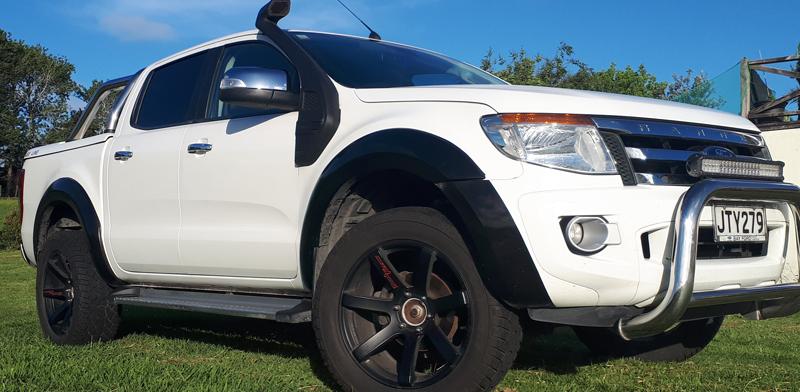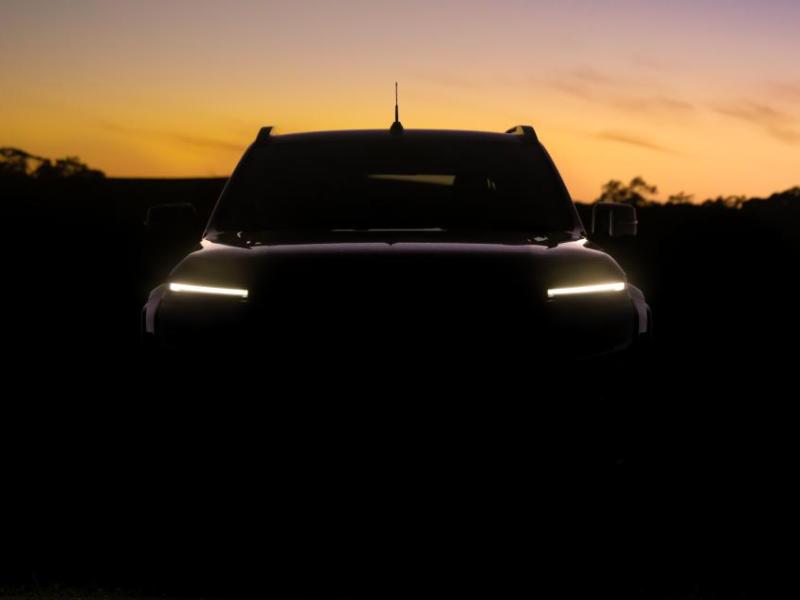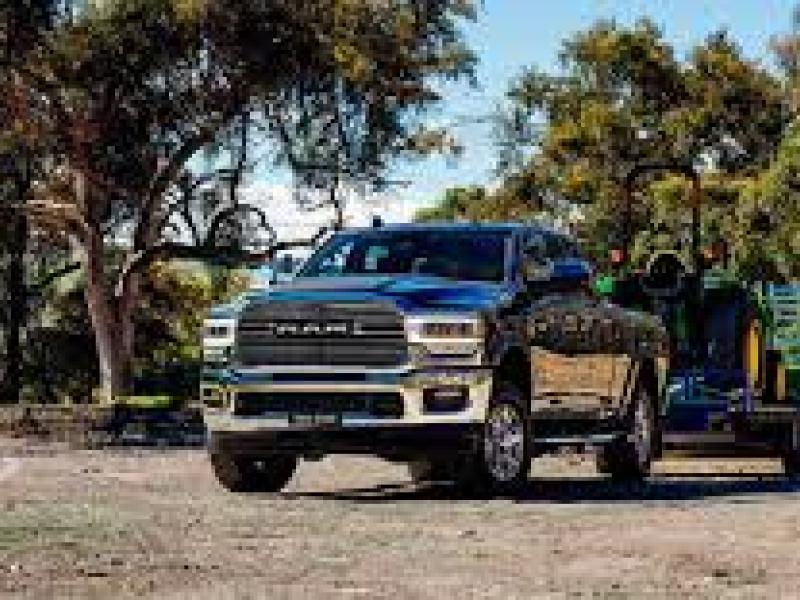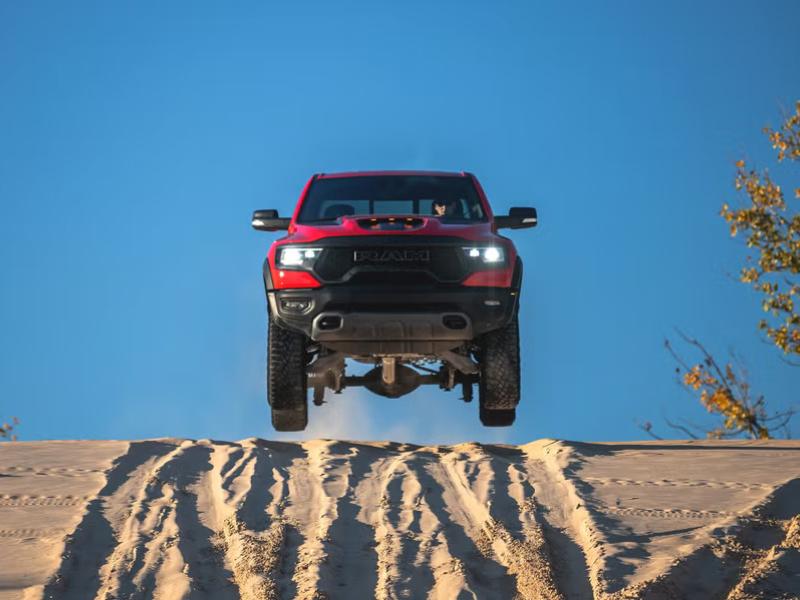When Jason Frost of performance diesel tuning specialist ECU Chips tells you that his Ford Ranger packs a punch you better believe him.
A quick flick back through the files confirms what Jason Frost suspected. The five-cylinder, 3.2 litre turbo-diesel engine in a showroom stock Ford Ranger ute produces 147kW of peak power (at 3000rpm) and 470Nm of peak torque (from 1500 to 2750rpm).
We both agree – me from the perspective of an occasional user, he from that of an owner as well as a performance tuner - that it’s a fine engine, arguably still very much the best of the bunch.
Yet it doesn’t take long behind the wheel of his daily-driven development version - a couple of power pole lengths at the most up the quiet country road he lives on - to realise that ex-factory it is only delivering part of its (very real) performance/driveability/economy potential.
Starting with a chip, remap or combination of both, then adding a freer flowing three inch exhaust, high-flow injectors, an upgraded turbo and new much larger, front-mounted intercooler, Jason says that his ‘work truck’ is good for 175 kW (at the rear wheels!) and can handle up to 200kWs
Driveability
Numbers in a brochure or in a dyno sheet are all very well of course. What most of us want, even if we don’t initially realise it, is driveability which in turn is probably best described as flexibility.
There are few thing worse for instance, than persistent lag off idle followed by a peaky burst of power before you hit the soft rev limiter.
In its latest trim, with new Aussie-modded turbo and front-mounted intercooler, Jason’s Ranger could not be more different.
While there is quantifiably more mumbo, more ‘urge,’ everywhere it is once you are up and running that the real benefits of the package of mods come into play. Initially I noticed it when I could hold fourth gear rather than having to drop to third out of corners on the tight, winding roads in the Waitakere foothills near where Jason lives.
While he was chiding me for riding the clutch (his current Ranger is a manual) Jason then suggested I try the same trick in fifth, and also use sixth (which I had completely forgotten about) once back on a relatively straight stretch of road.
And guess what? When I did (try fifth through the turns and sixth on the straight bits) the result was the same, a smooth, creamy surge forward with zero lag and/or smoke.
Warp factor
True, the rate of acceleration in the higher gears is not as urgent and mind-focusing as it is if you ‘give it some jandal’ in second, third or (at a pinch) fourth. But the ‘sensation’ of the horizon being reeled in is very much the same.
There’s more where that came from too. Still ‘in the works,’ is a new, more efficient exhaust manifold, and a water injection system for a new, larger more efficient plenum chamber.
As one of the pioneers of the local chip tuning industry Jason has heard all the reasons why you shouldn’t do what he does. But he’s more a glass half full kind of guy.
As he says, the proof of the pudding is in the actual eating, rather than arguing over the recipe. And the door of his well-loved and well-used Ranger is always open.
“We’ve been around long enough and done enough work to know what we are doing. But if you still don’t believe either what we claim or the way we say a vehicle will drive get in touch, take my Ranger for a drive and see for yourself.”
To read every story in the February 2018 issue of NZ4WD go to Zinio.com (Jan 20) or purchase your own hard copy at the Adrenalin store.






